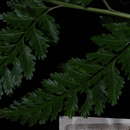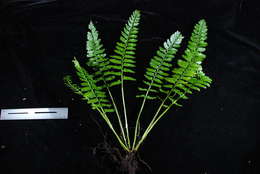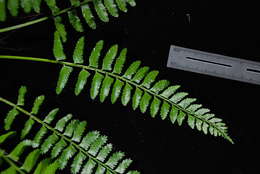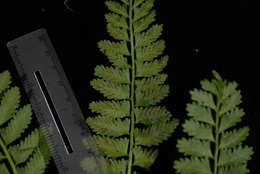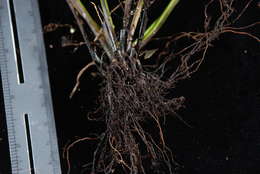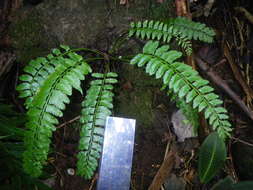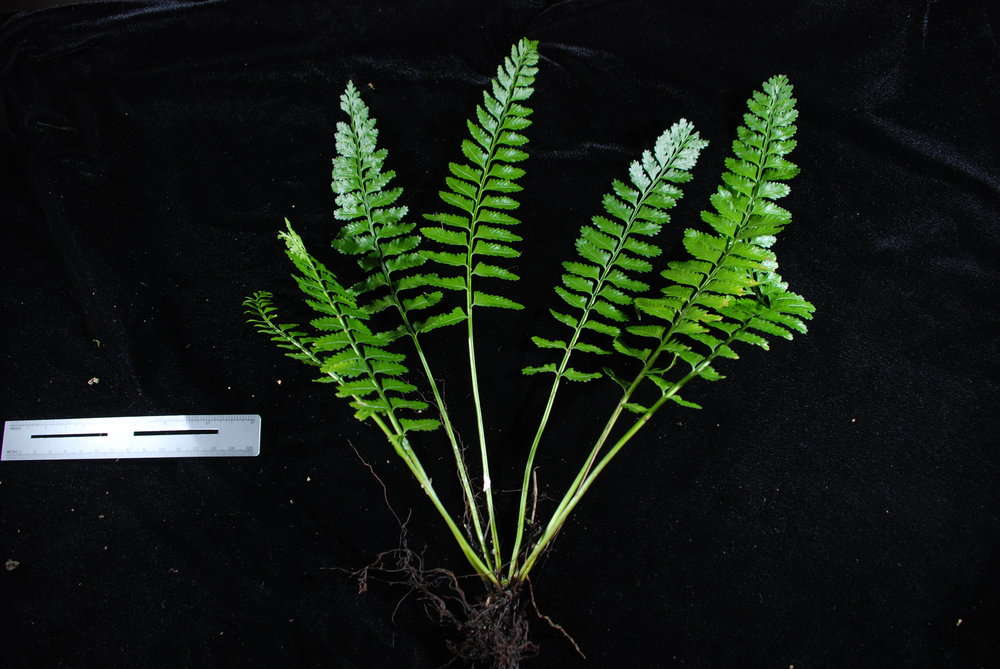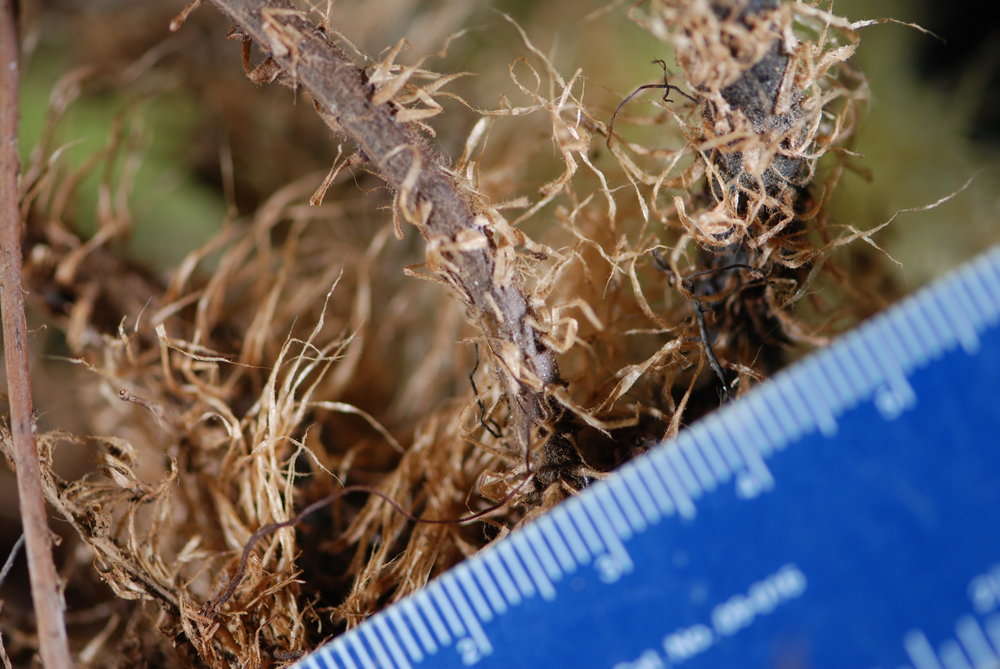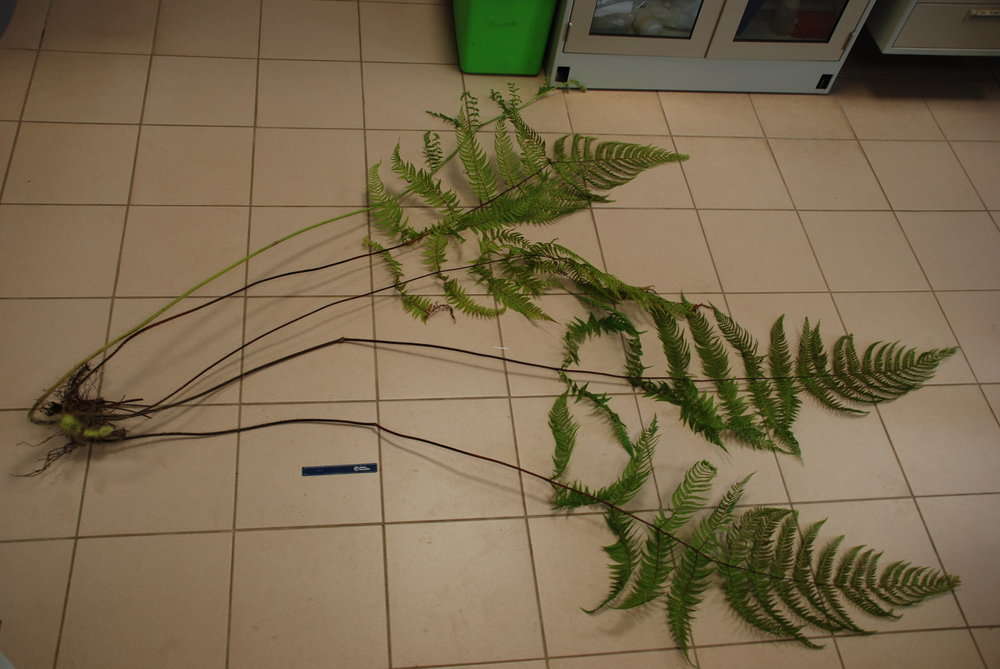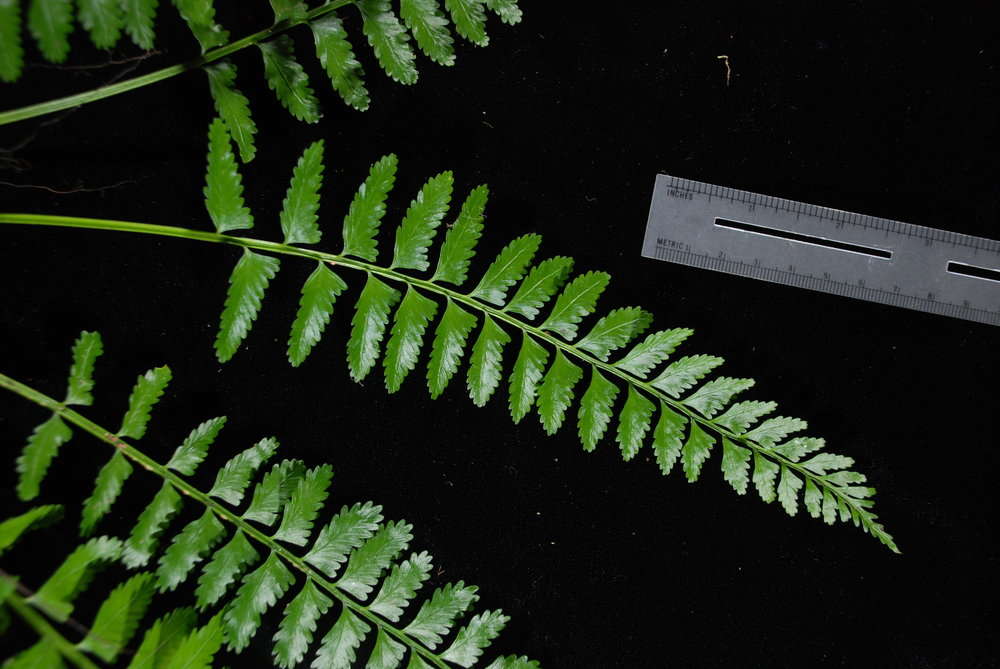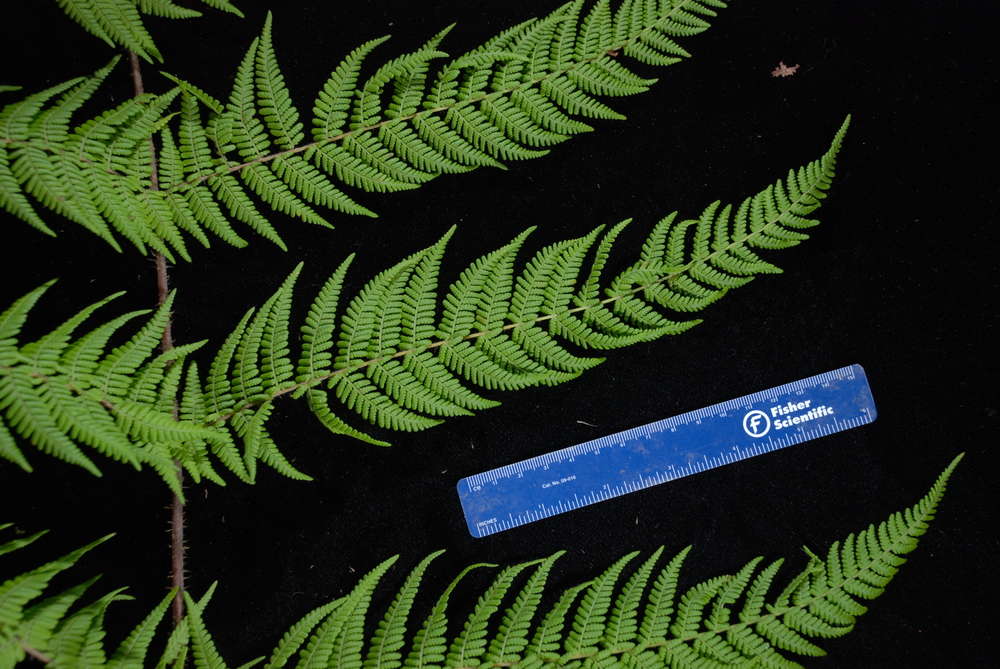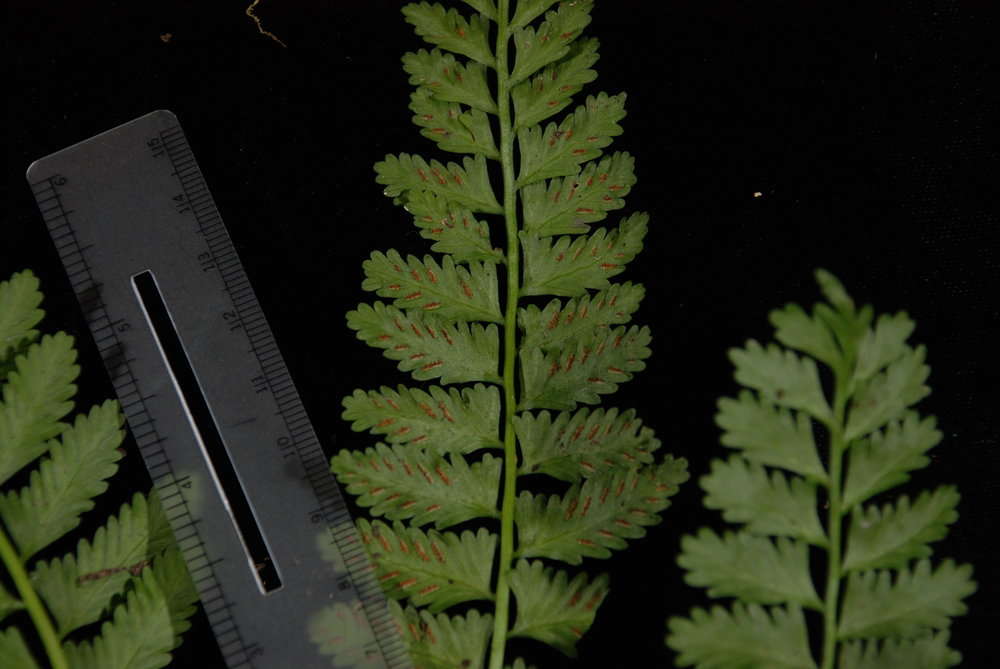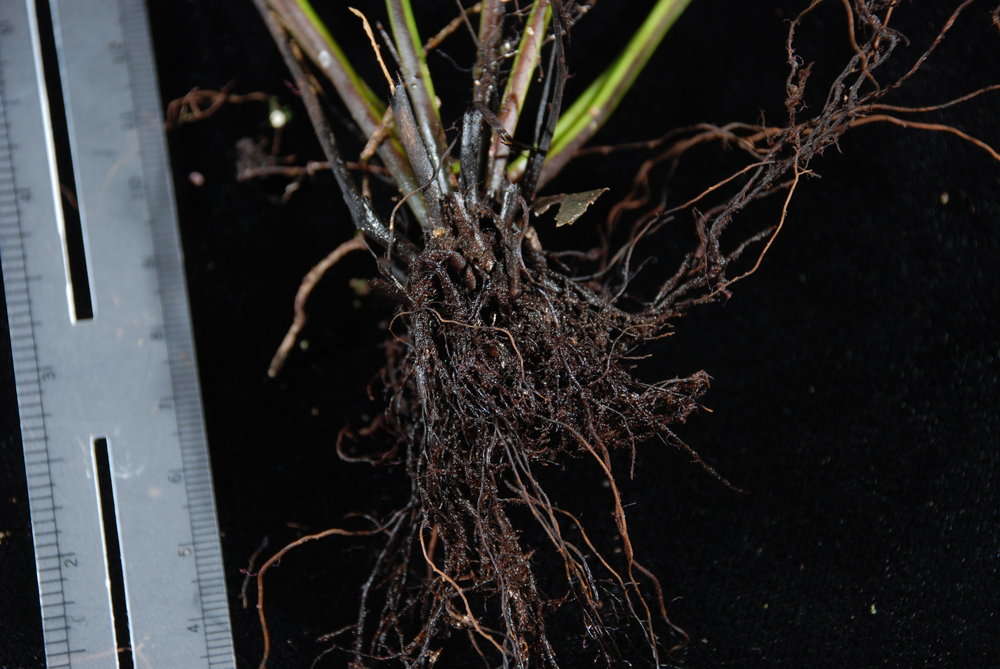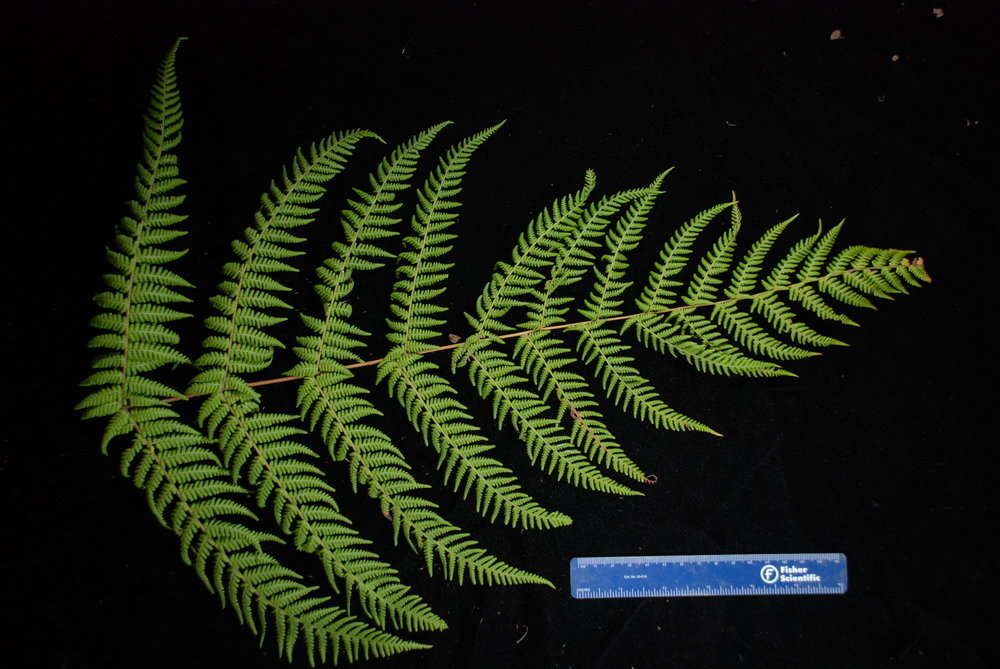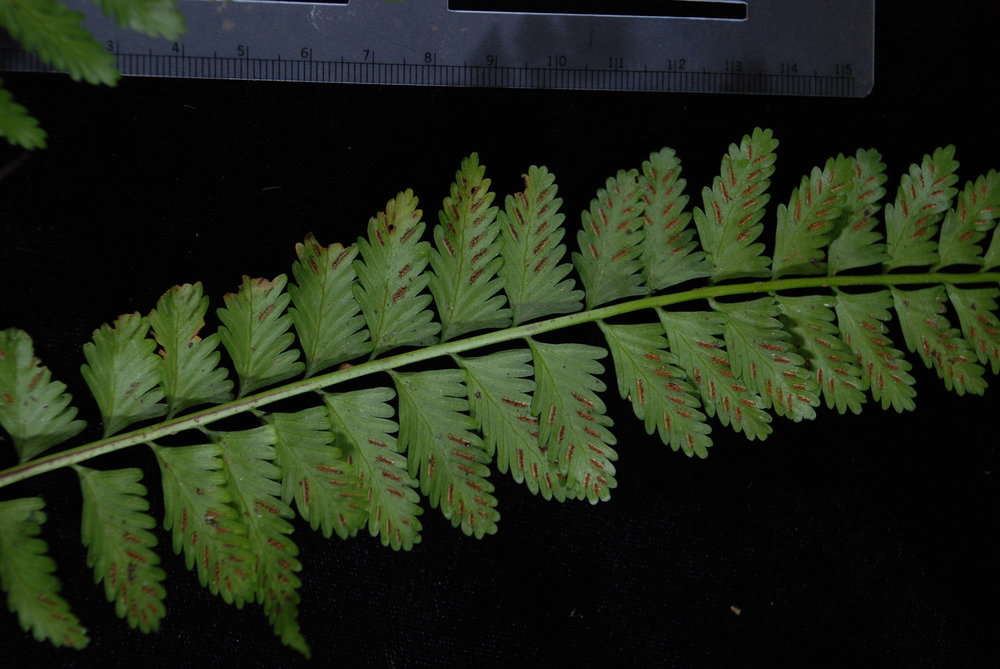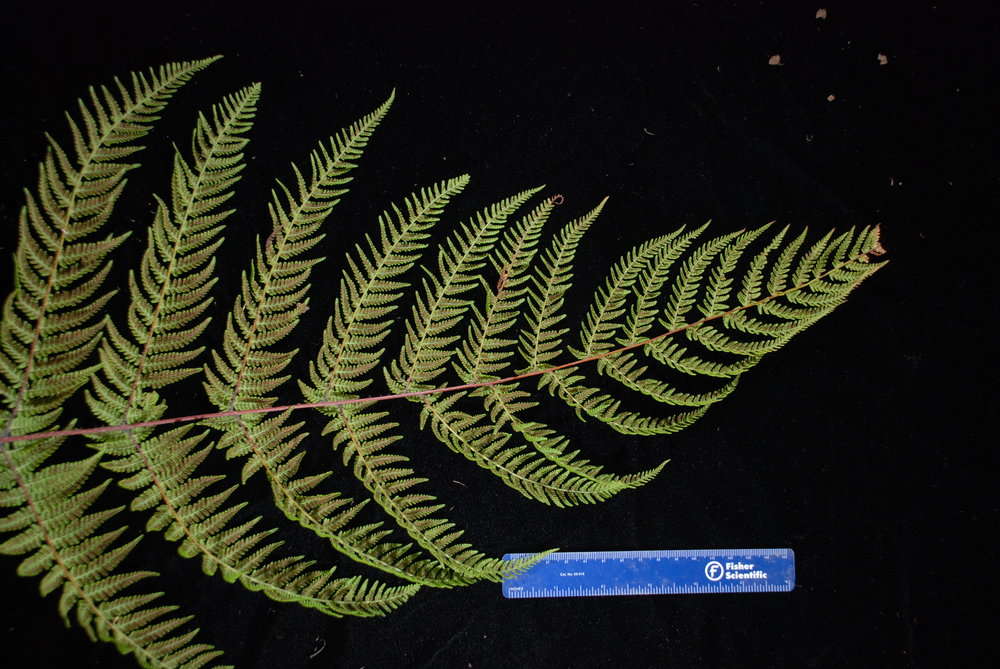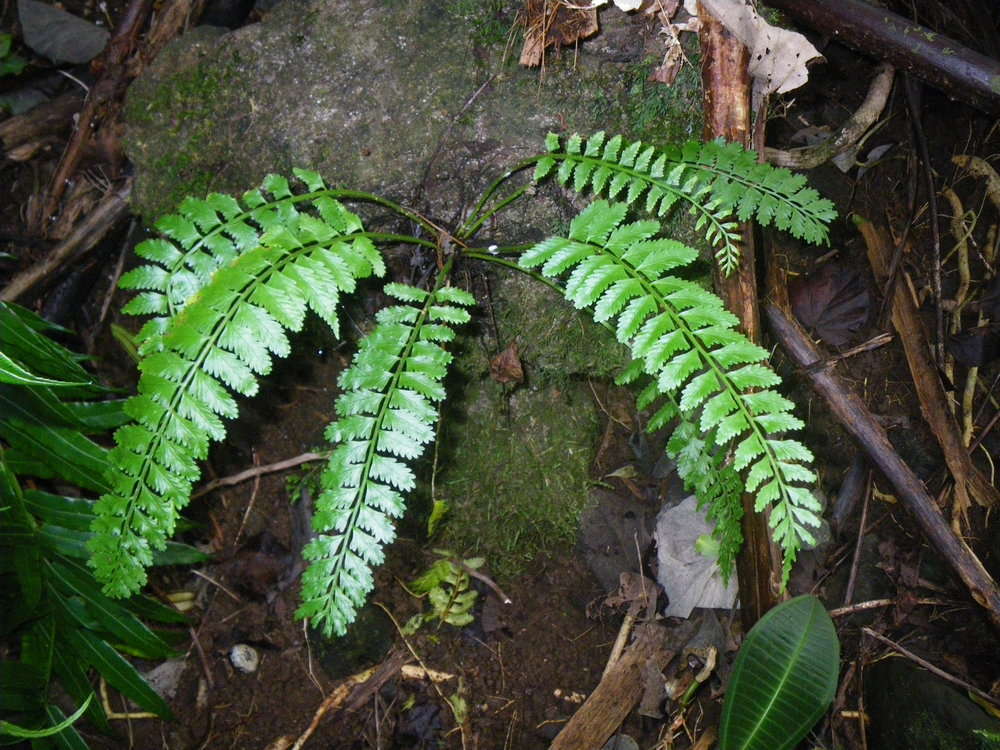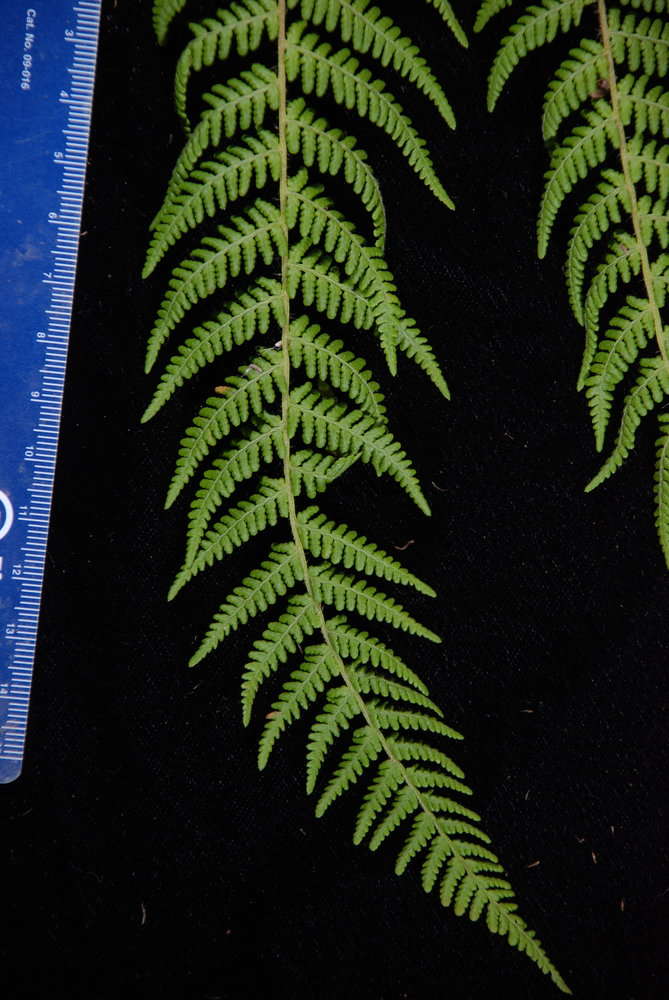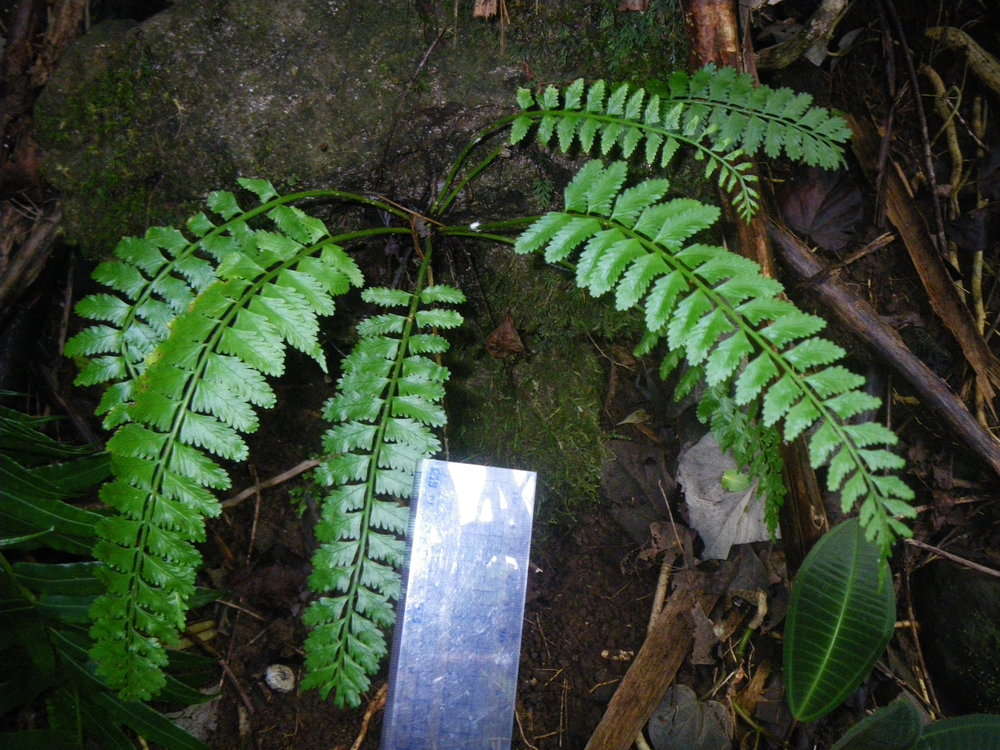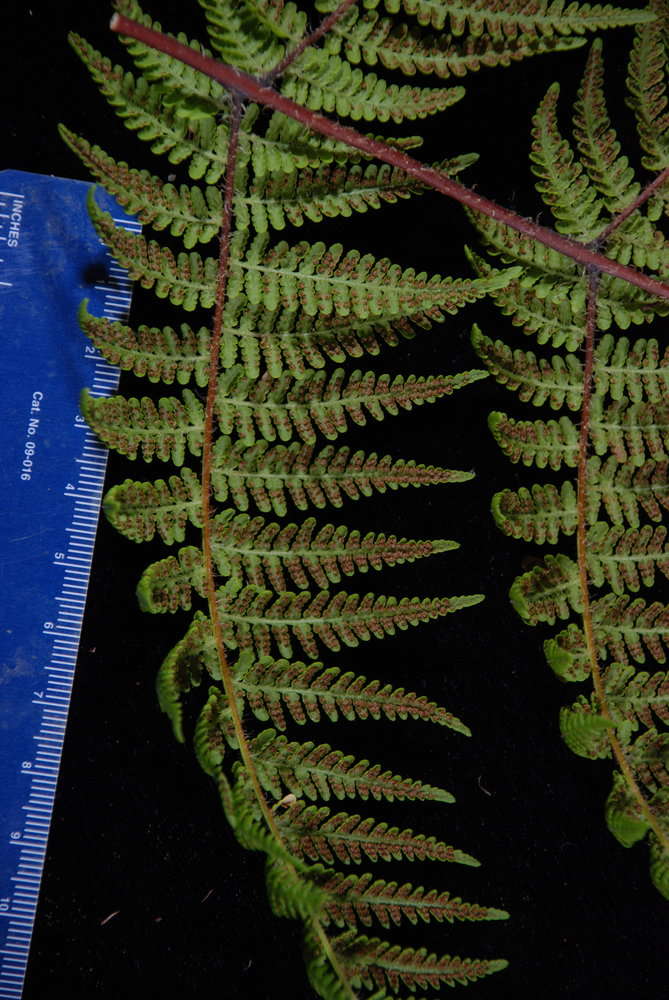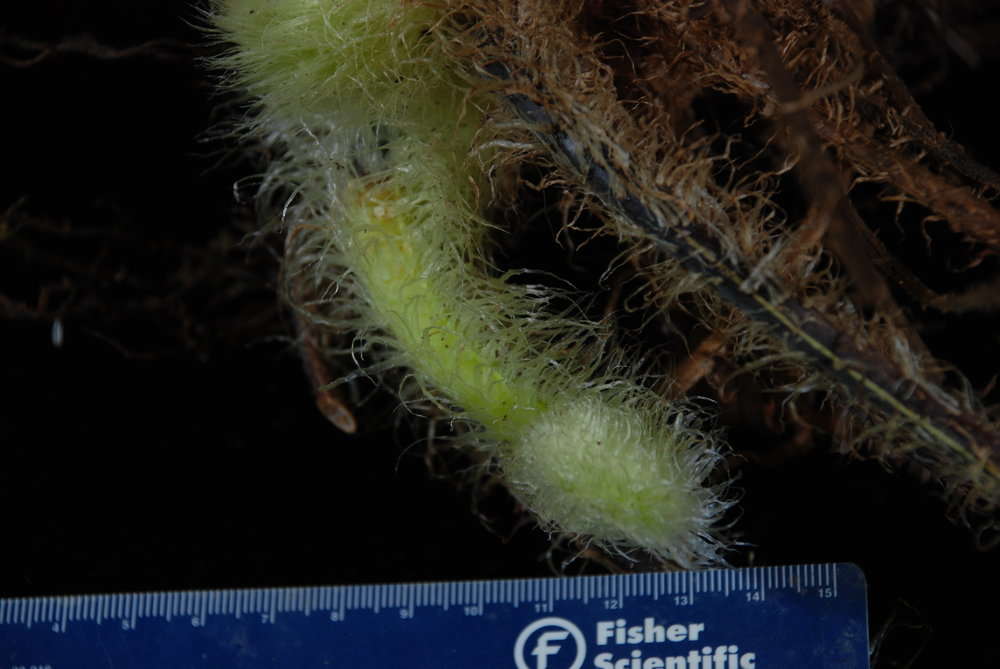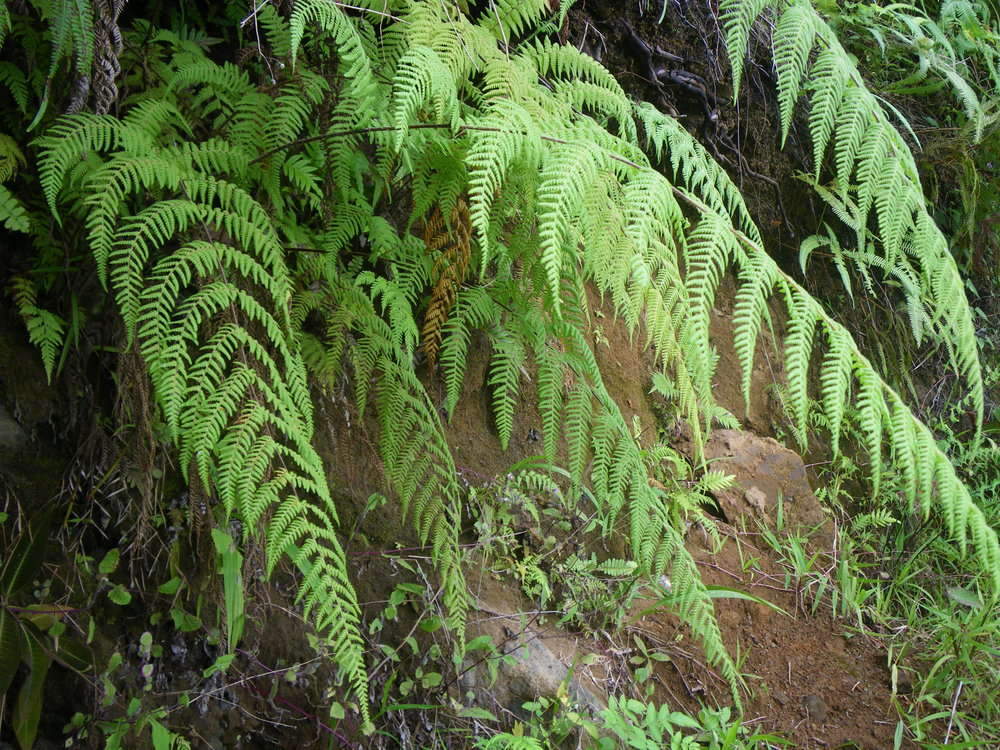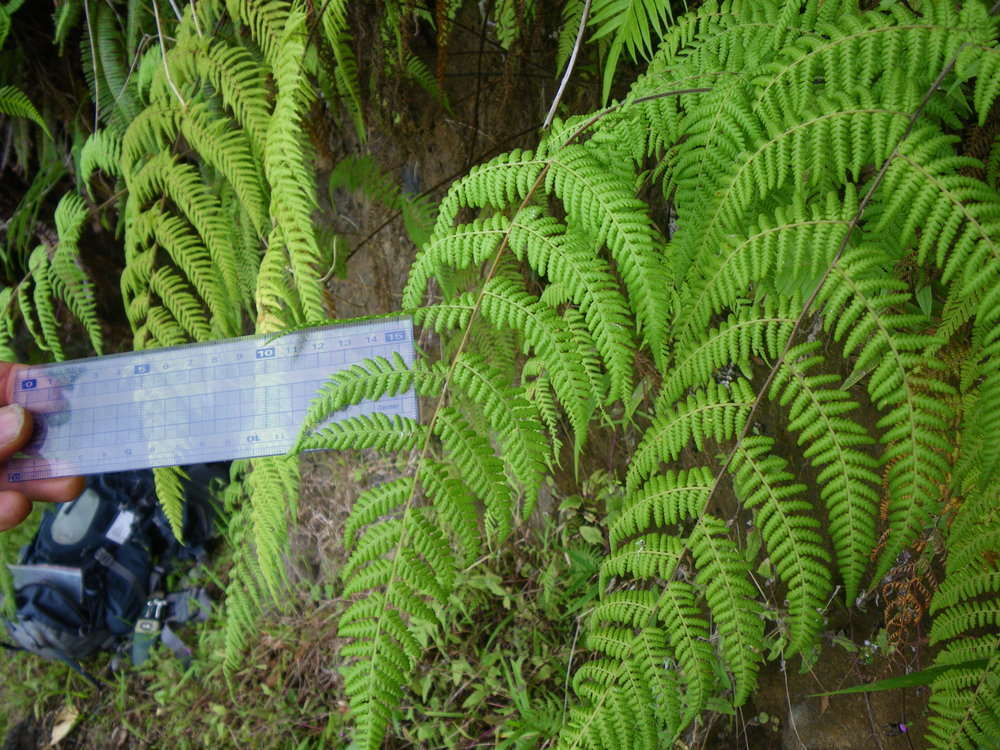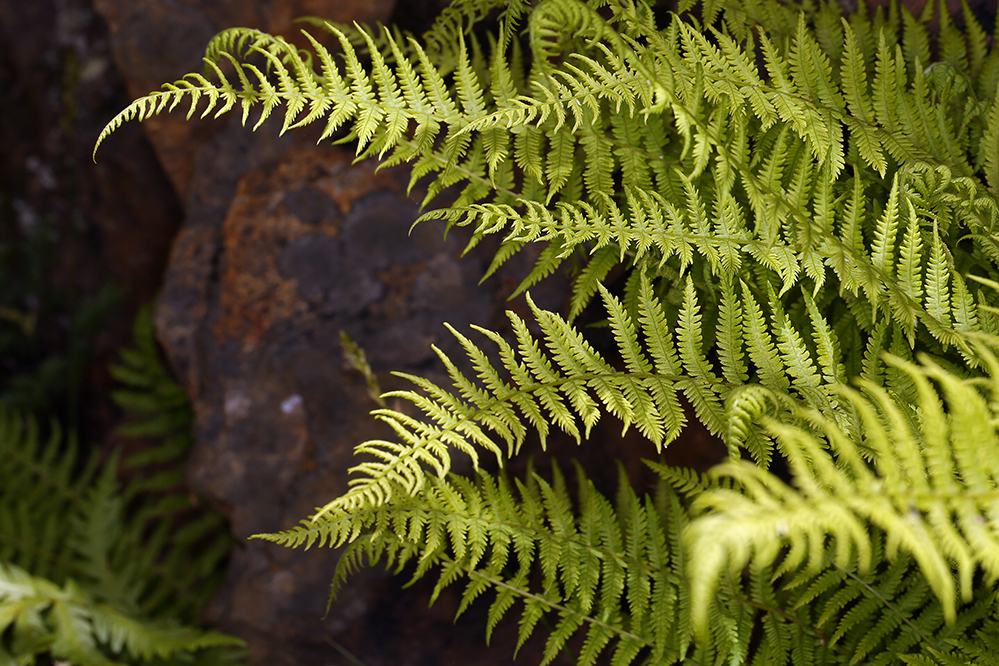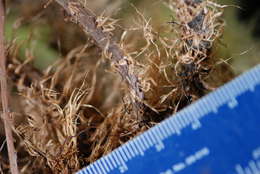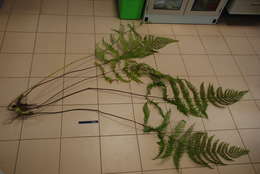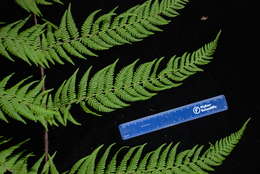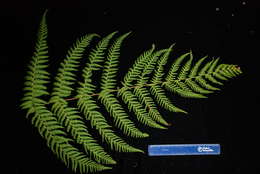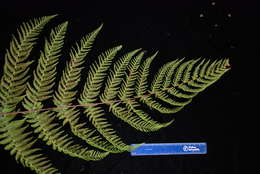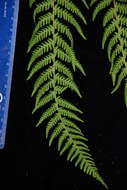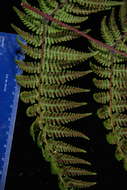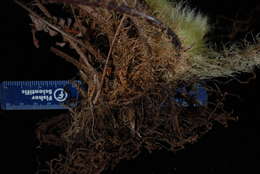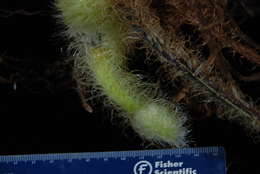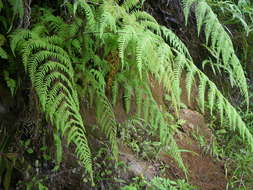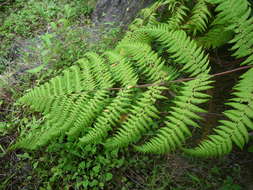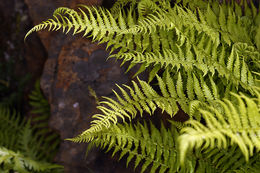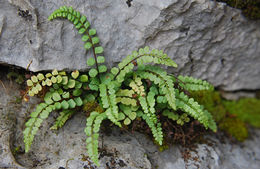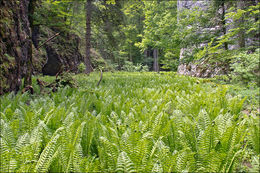-
All Biocode files are based on field identifications to the best of the researcher’s ability at the time.
-
All Biocode files are based on field identifications to the best of the researcher’s ability at the time.
-
All Biocode files are based on field identifications to the best of the researcher’s ability at the time.
-
All Biocode files are based on field identifications to the best of the researcher’s ability at the time.
-
All Biocode files are based on field identifications to the best of the researcher’s ability at the time.
-
All Biocode files are based on field identifications to the best of the researcher’s ability at the time.
-
All Biocode files are based on field identifications to the best of the researcher’s ability at the time.
-
All Biocode files are based on field identifications to the best of the researcher’s ability at the time.
-
All Biocode files are based on field identifications to the best of the researcher’s ability at the time.
-
All Biocode files are based on field identifications to the best of the researcher’s ability at the time.
-
All Biocode files are based on field identifications to the best of the researcher’s ability at the time.
-
All Biocode files are based on field identifications to the best of the researcher’s ability at the time.
-
All Biocode files are based on field identifications to the best of the researcher’s ability at the time.
-
All Biocode files are based on field identifications to the best of the researcher’s ability at the time.
-
All Biocode files are based on field identifications to the best of the researcher’s ability at the time.
-
All Biocode files are based on field identifications to the best of the researcher’s ability at the time.
-
All Biocode files are based on field identifications to the best of the researcher’s ability at the time.
-
All Biocode files are based on field identifications to the best of the researcher’s ability at the time.
-
All Biocode files are based on field identifications to the best of the researcher’s ability at the time.
-
All Biocode files are based on field identifications to the best of the researcher’s ability at the time.
-
All Biocode files are based on field identifications to the best of the researcher’s ability at the time.
-
-
-
Slo.: navadna perua - Habitat: almost flat bottom of a narrow gorge, northeast oriented, mixed wood, mostly Picea abies, Acer sp., Ulmus sp., Corylus avellana, Lonicera sp., Sambucus sp., calcareous ground, mostly in shade, high air humidity, average precipitations 1.600-1.800 mm/year, average temperature 6-8 deg C, elevation 850 m (2.800 feet), alpine phytogeographical region. - Substratum: soil. - Comment: Growing in large groups of many species. The largest population I've ever seen (2). This fern, not really common in Slovenia, is not difficult to recognize based on its characteristic narrow funnel shaped growth, size, and two different type of leaves. Only sterile leaves are shown on my pictures. Fertile ones, appearing later in the season, are brown, much narrower and growing straight upwards. - Ref.: (1) A.Martinči et all., Mala Flora Slovenije, Tehnična Zaloba Slovenije (2007), p 100. (2) K.Lauber and G.Wagner, Flora Helvetica, 5. Auflage, Haupt (2012), p 74.

